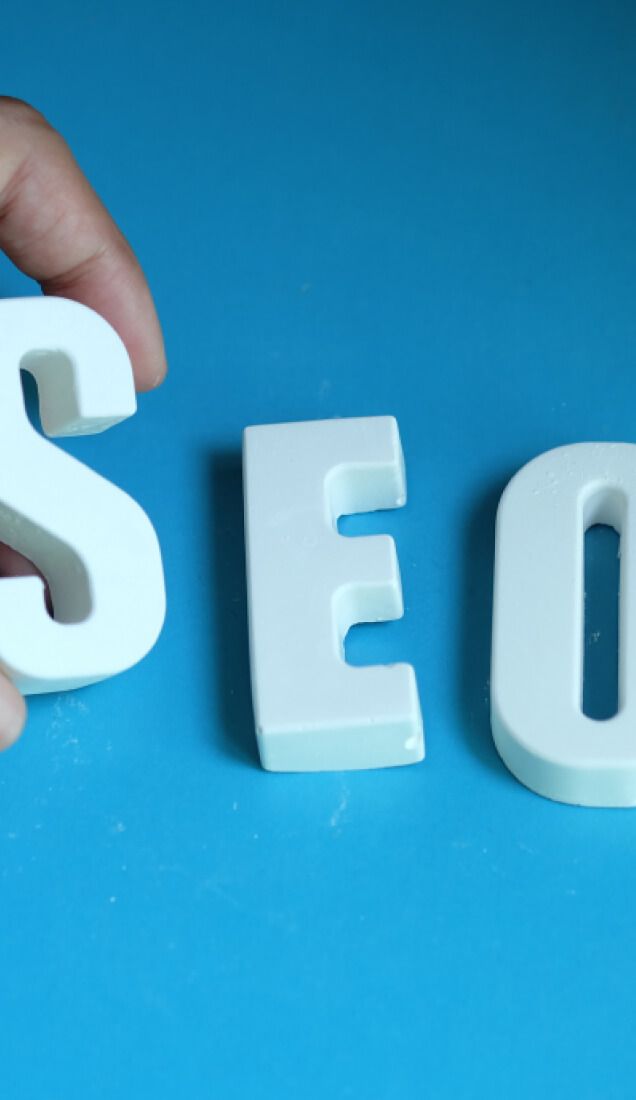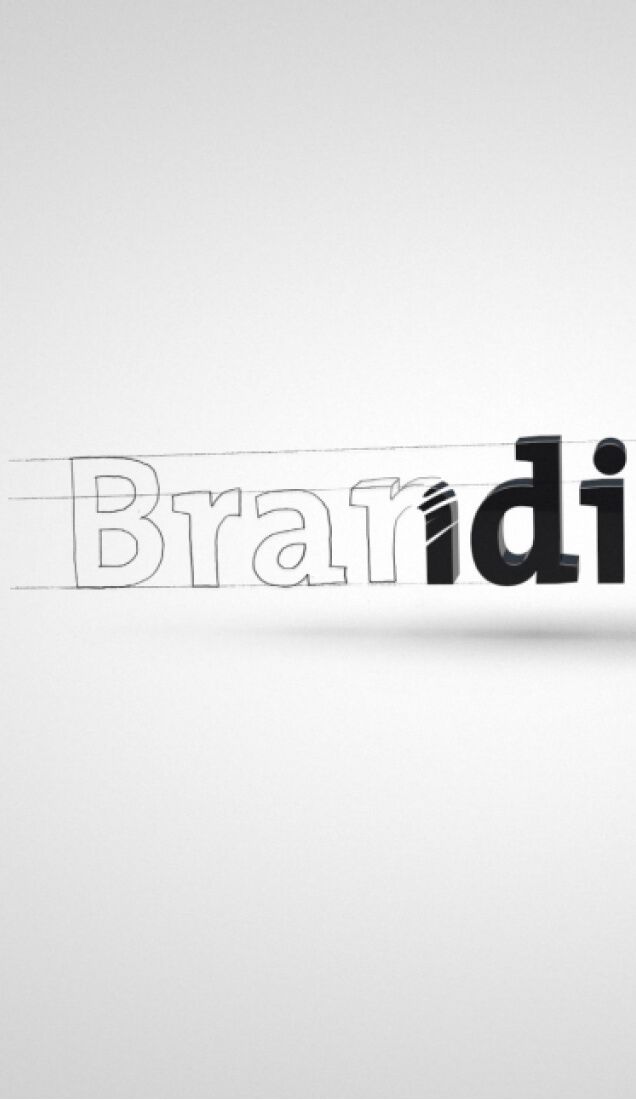The Power of Colour Psychology in Marketing
July 5, 2022
Colour Theory in Marketing: Harnessing the Power of Colors
Colour theory is the art and science of colours; how they work and mix together, how they are perceived, and the messages that they convey.
Colours have a direct impact on the psychology of a viewer. Within a nanosecond of viewing a colour, a signal is sent to the brain, and the subject makes a judgment on what they see and how it makes them feel.
Within marketing, colour psychology is an underestimated yet powerful tool. If we look at big brands with this in mind, we can easily see how they utilise Colour Psychology in marketing and branding. Here at ONQOR, we stick to black, white and pops of colour for maximum impact!
The History of Colour Theory
The psychology of colour is not just a recent concept; it actually goes back to at least Ancient Egypt. The Egyptians studied the effect of colour on mood and used it strategically. The colour white came to symbolise purity and sacredness, while red represented chaos and disorder.
Some of these concepts have evolved, yet interestingly many have remained the same throughout history; and just like the great Renaissance painters used colours to enhance the meaning of their art and to evoke feelings within the viewer, modern-day marketers do the same for their own audiences.
For example, red is the universal colour to signify strength, courage and danger. But it’s also vibrant, stimulating and exciting with a strong link to sexuality and increased appetites, perhaps this is why it is used so often in fast food advertising.
An Example of Colour Psychology in Marketing
Here we have a product shot by our brilliant photographer Mat from our production team. He was creating images to represent the workplace environment. This photo is a perfect example of how the colours present in an image can cause a viewer to feel certain things.
- Green — The centrepiece is the green phone, and there are splashes of green framing the image. Green symbolises creativity in the workplace.
- Orange — Our eye is also drawn to the orange throughout the image, which is meant to evoke enthusiasm.
- Blue — Blue is traditionally associated with melancholy and depth; however, the dash of light blue will give a calming effect.
- Grey — The grey to the right of the image symbolises professionalism.
The Result
All of these colours come together with the products on display to give the image of a productive and creative working environment. We may not consciously recognise what is happening within the colour make-up of an image; however, just like words and images, colours have an impact on our perception.
As a result, it’s helpful for anyone involved in a campaign to have a basic understanding of psychology of colour in marketing.
Are you in need of logo and branding services, or perhaps need a hand with a marketing strategy? Don’t hesitate to contact us today.








